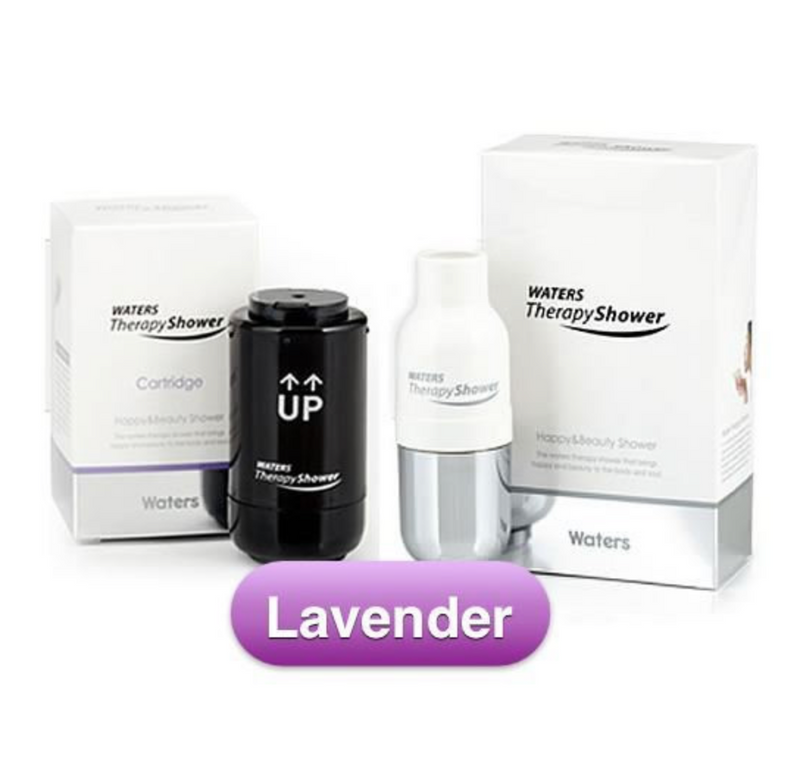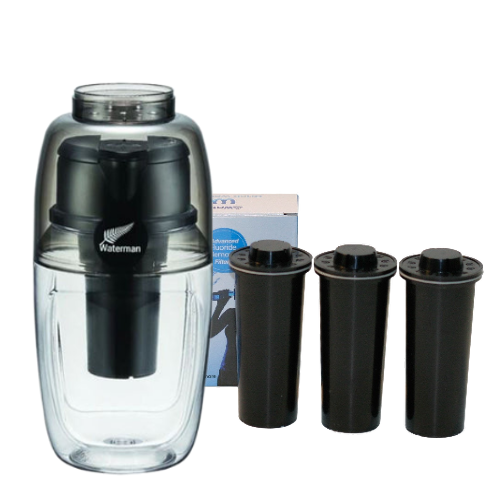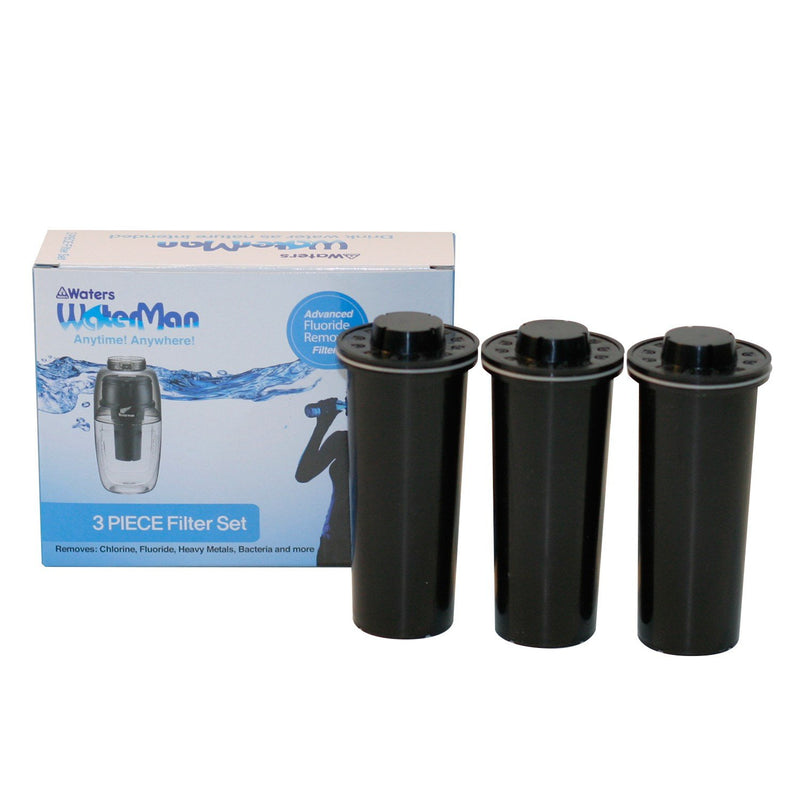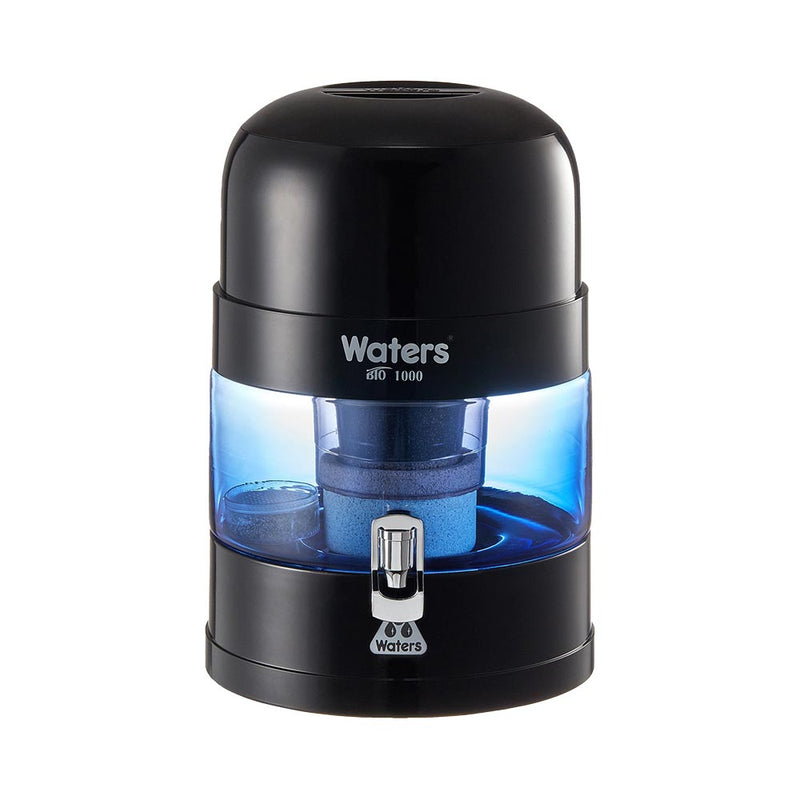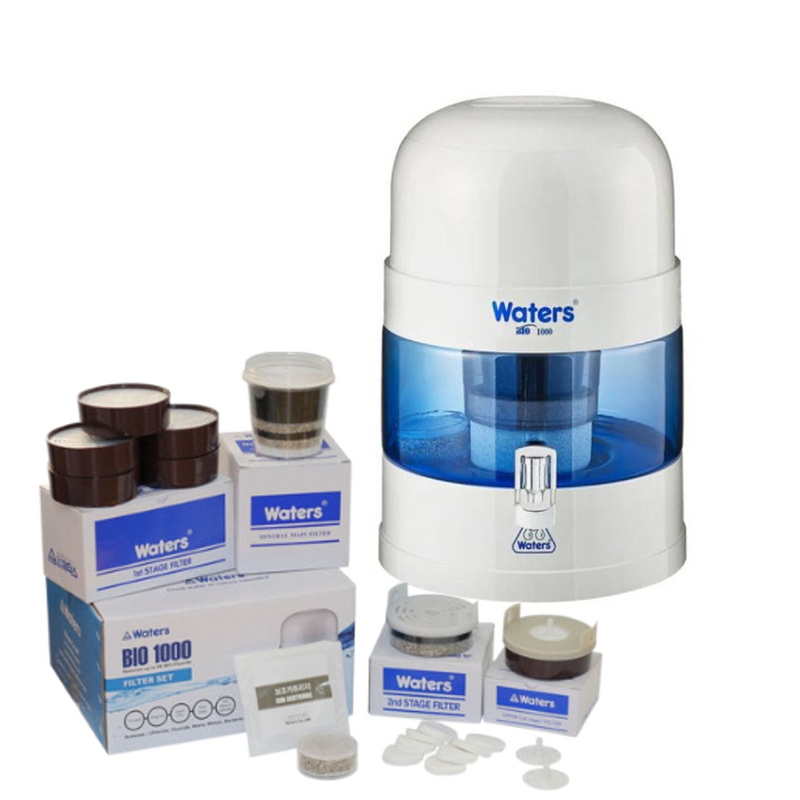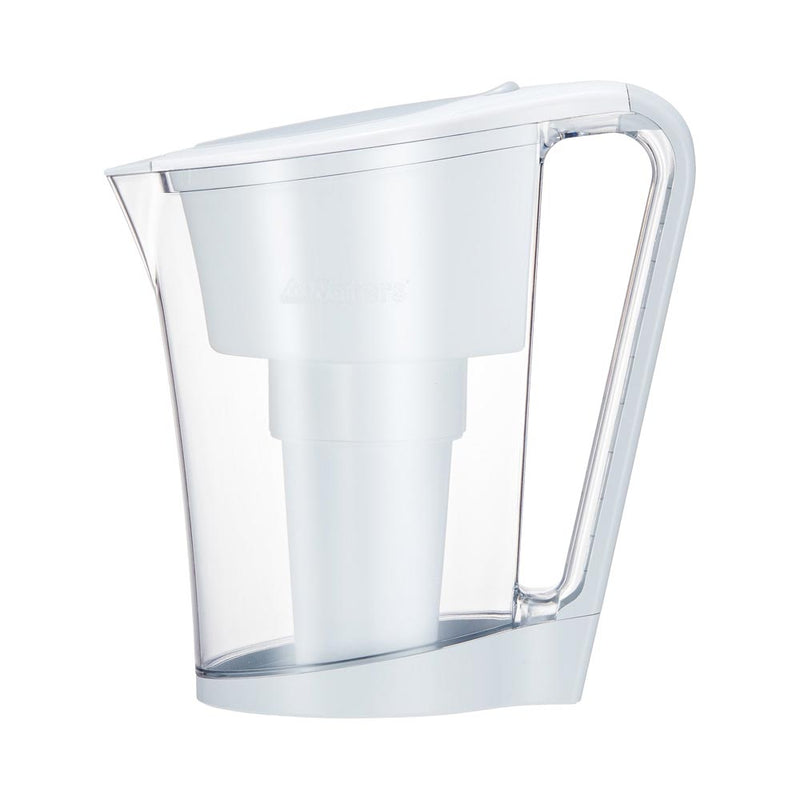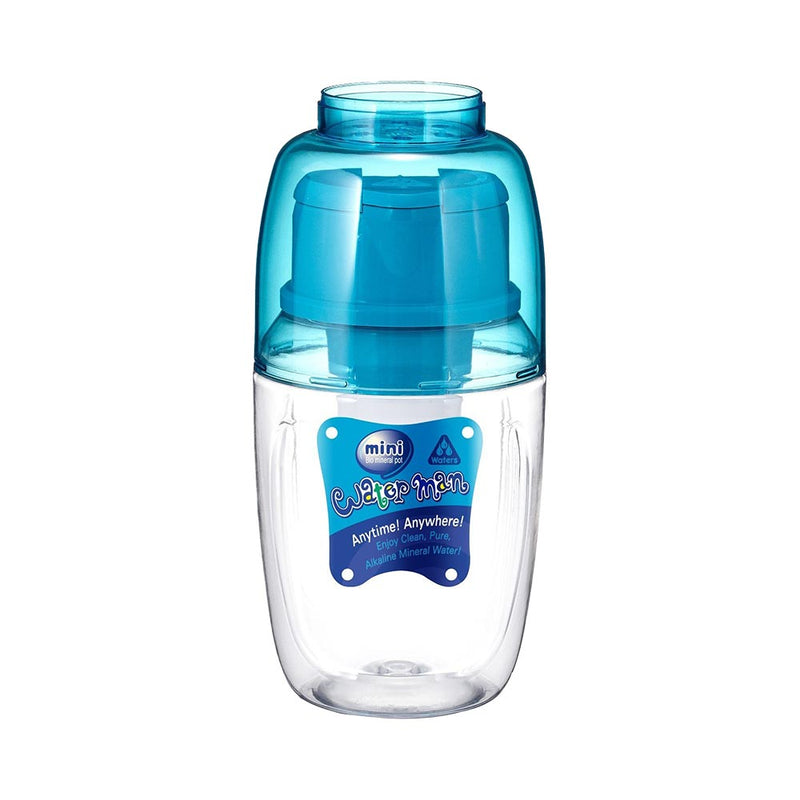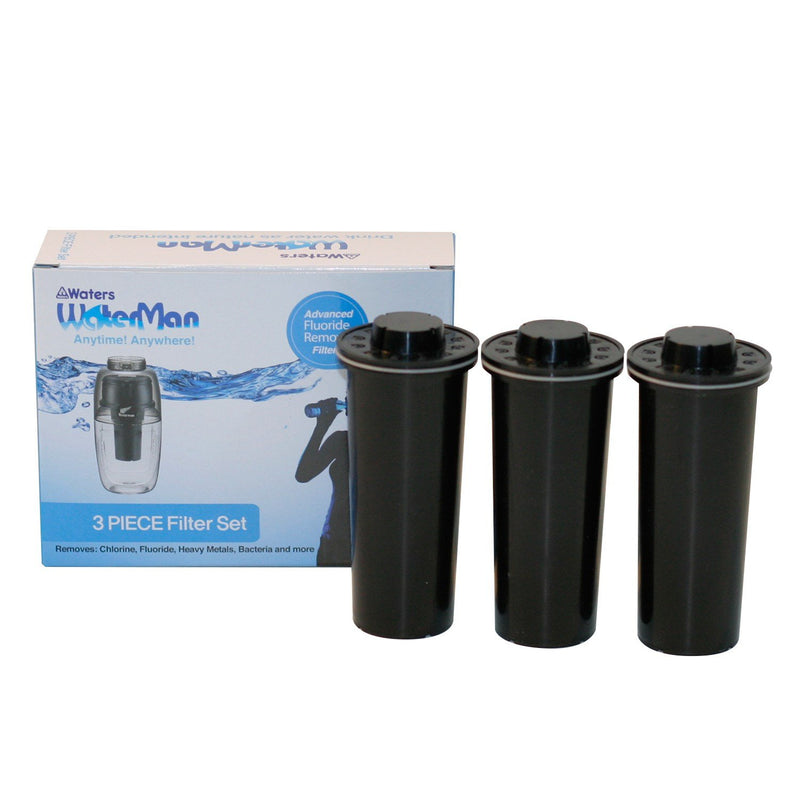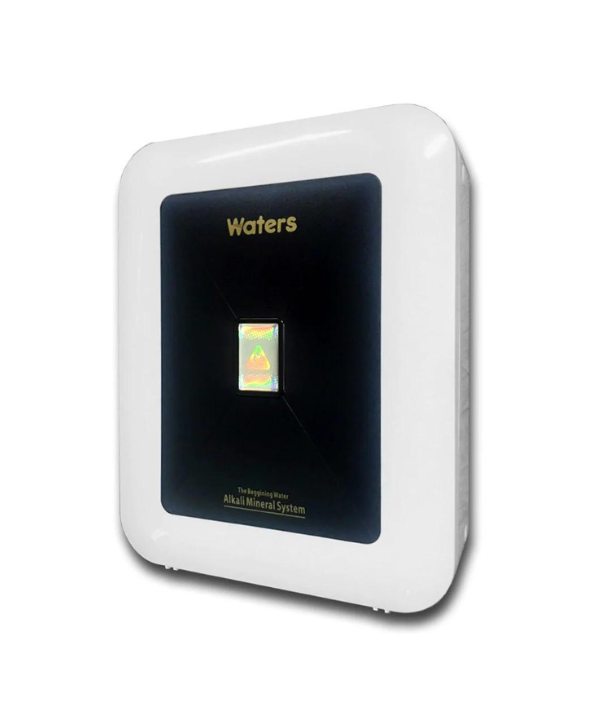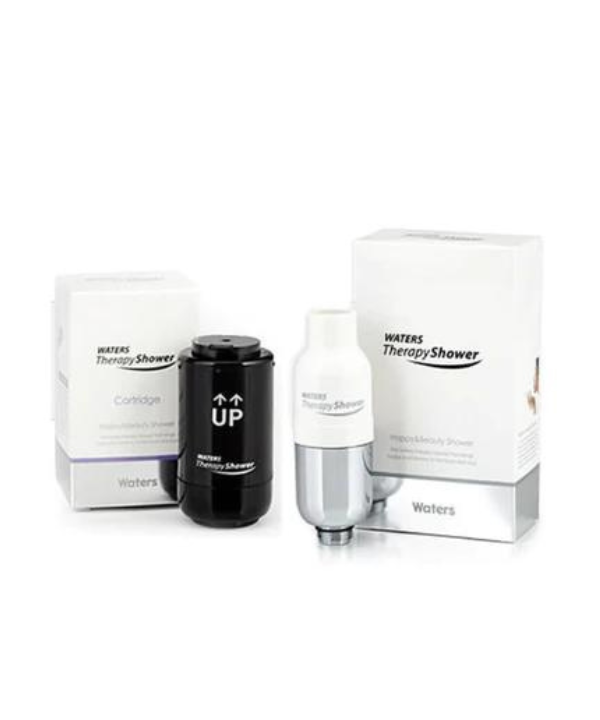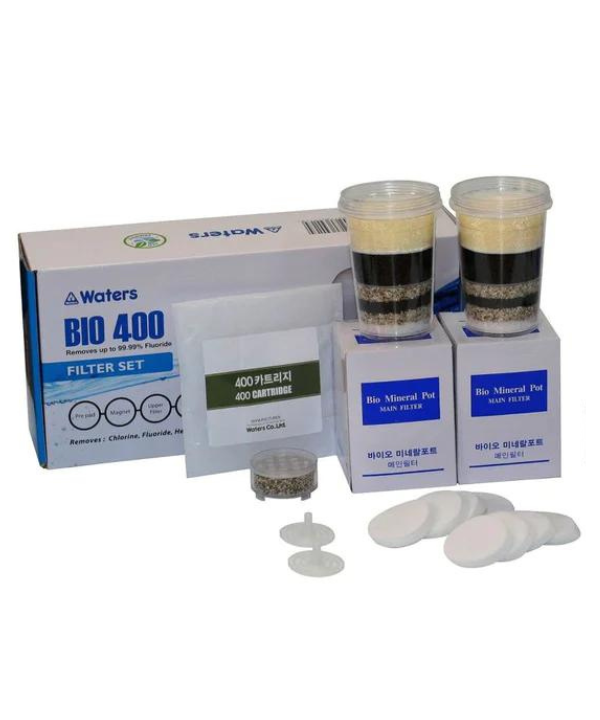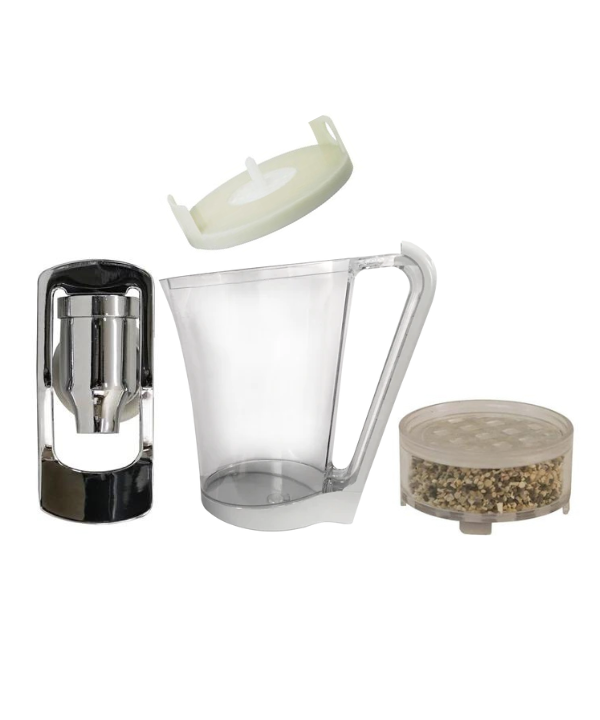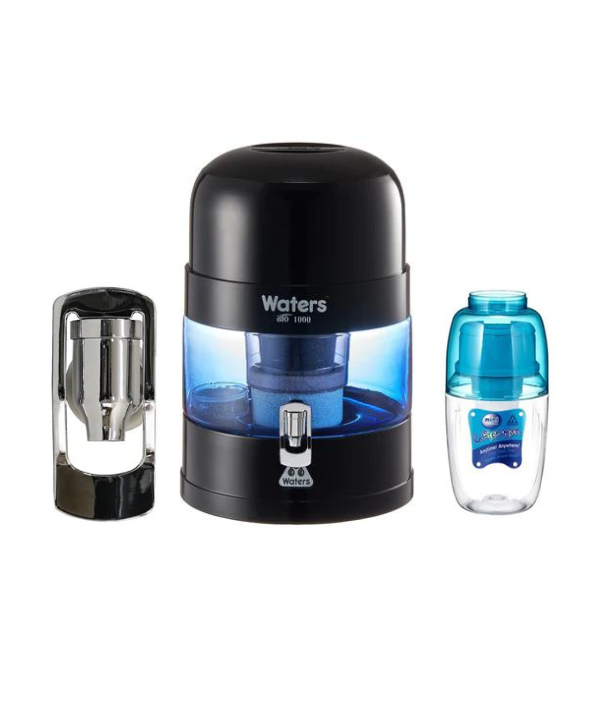Bottled Water vs Filtered Water: What’s the Better Choice?
In the ever-changing debate about bottled water vs filtered water, consumers face a maze of options as they search for the best choice for their health and environmental sustainability. This ongoing conversation calls for a deeper dive into the differences between these two H2O options and invites you to explore their nuances. Diving deeper into the debate of filtered water vs bottled water, the goal is clear: to unpack the information, offer clarity, and ultimately determine the best choice for a responsible and sustainable lifestyle.
Evolution of Snobbery: Unravelling the Journey of Bottled Water's Popularity
Bottled water has been around for a while but has come a long way in recent decades. It was once a rare sight on a dining table or in your bag or car, but now it's a must-have accessory. Bottled water first came to prominence in the 1920s in large glass bottles as an alternative to the poor quality of urban water sources. Waterborne disease was rife, so large glass bottles were transported for health and safety. PET plastic was introduced in the 1950s as a lighter, more durable remedy to glass and the associated waste breakages.
In 1978, Perrier launched a major ad campaign in the United States that positioned bottled water in the luxury category, making it the best beverage seen on the scene, with yuppies grasping European-style sophistication. In the early 1990s, beverage giants PepsiCo and Coca-Cola turned the industry on its head, using their enormous infrastructures to distribute their purified tap water, which they were already filtering for use in their sodas, as the cheapest response to the questionable quality of tap water. In 2006, ad campaigns proclaimed that tap water was “poison”, containing traces of volatile plastic compounds and high levels of arsenic and bacteria. People were already aware of the importance of hydration for health, so bottled water companies used this to their advantage by making their products look clean, fresh and appealing.
Unmasking the Intricate Marketing Strategies of Bottled Water Companies
Bottled water companies use many marketing tactics to make their products look better than the competition. They use carefully plotted campaigns to show that their water is purer and healthier than other options by including advertising and packaging with images of natural springs and mountain landscapes to make it look purer than tap water. Celebrities and influencers are also used to spread the good word about their products. However, there have been cases of misleading information regarding the source of bottled mineral water.
Unveiling the Source and Processing of Bottled Water
Consumers need to understand the complex process of sourcing and processing bottled water to make an informed decision about the water they consume. Extracting and purifying water, while aiming to achieve pristine purity, can have a significant environmental impact, requiring water to be transported over long distances. The purification process is critical, as it removes impurities and ensures that the water meets regulatory standards. Water filter jugs offer a great way to filter tap water at home and save on the carbon footprint of hauling water all over the country.
The Impact of Bottled Water on the Planet
Beyond plastic pollution, the environmental ramifications of bottled water extend to the depletion of water sources and substantial carbon footprints. Each step in bottling, refrigerating, transporting, and disposing of bottled water utilises energy and chemicals that have an environmental impact. Plus, before bottling, water is usually stored in a treatment facility, where it undergoes various processes to remove contaminants. Understanding the broader ecological implications is pivotal in making sustainable choices.
How Companies Sweeten Bottled Waters to Woo Young Palates
The bottled water industry has undergone a significant transformation. Initially a symbol of cleanliness and hydration, the beverage has often been carbonated or flavoured to appeal to a younger generation. This shift raises concerns about the potential health effects of added sugars and the changing beverage preferences of the younger generations. It is not only about hydration but also about companies' strategies to reach a younger demographic. Companies are attempting to create a product that appeals to younger tastes by adding flavours and sweetness to a previously neutral and refreshing product.
Navigating the Pros and Cons of Bottled Water vs Filtered Water
As consumers become more aware of the environmental impact of single-use water bottles, many weigh the advantages of tap or filtered water against the bottled variety. There's much to consider regarding bottled water vs. filtered water. Each option has its pros and cons. So, what's the difference between the two? Let's look closer and see what makes one better than the other.
Exploring the Negative Effects of Unfiltered Tap Water
When it comes to drinking water, unfiltered water is usually the first choice. Public water supplies are generally safe to drink in Australia, with drinking water undergoing treatments to ensure safety and prevent the spread of waterborne diseases. Drinking water supply laws and right-to-know provisions require tap suppliers to present annual quality reports to customers. Though mostly safe, there are a lot of elements to consider when it comes to drinking unfiltered water. Let's take a look at why tap water might not be the best choice for your hydration needs:
- Uncertain Purity: When drinking unfiltered water, one is exposed to various hazardous contaminants that can harm one's health. Bacteria, chemicals, heavy metals, chlorine, fluoride and viruses present a significant risk of gastrointestinal diseases, such as diarrhoea, nausea, abdominal cramps and more serious illnesses.
- Potential Effects on the Digestive System: Unfiltered water may contain pesticides and other chemicals that can disrupt the balance of gut bacteria and lead to digestive disturbances.
- High PFAS levels: High levels of PFAS (per- and poly-fluoroalkyl substances) have been found in surface and groundwater worldwide, with recent research identifying Australia as one of the hotspots. A group of manufactured chemicals used since the 1950s in common household products and specialty applications, such as non-stick cookware, furniture, fabric, food packaging and carpet protection products, toxic PFAS are called "forever chemicals" because they do not break down in the environment or the human body. PFAS may potentially cause cancers, thyroid disease, altered sex hormone levels, or reduced kidney function, however, conclusive evidence is still lacking. Despite ongoing discussions for over a decade about the dangers of PFAS, not all Australian water authorities monitor these chemicals, and the country's guidelines for PFOA (a type of PFAS) have not been updated since 2017. Compared to the 2024 US guidelines, Australian PFAS limits for tap water are 140 times higher, and existing water treatment plants may not effectively address PFAS contamination.
- Impact on Skin and Hair: While tap water champions environmental responsibility, the infrastructure supporting municipal water treatment has an ecological impact. The use of chemicals and energy-intensive processes raises questions about the overall sustainability of tap water systems.
- Unfiltered Tap Water's Role in the Development of Chronic Diseases: Unfiltered water can contain microorganisms that can cause infections in your digestive system, leading to conditions such as diarrhoea, vomiting, and stomach cramps.
Weighing the Pros and Cons of Bottled Water
As you navigate the fine line between convenience and responsible decision-making, the advantages and disadvantages of bottled water become increasingly apparent. The appeal of a convenient, ready-to-drink water source is essential; however, it is important to be aware of the environmental and financial consequences associated with this seemingly convenient option:
- Convenience at a Cost: Perhaps the main reason consumers choose bottled water over tap despite the cost difference is that it is often more convenient to buy it from the shops when you’re out and about and have no immediate access to drinking water. However, the undeniable convenience of bottled water comes with a hefty environmental price. Single-use plastic bottles contribute significantly to land and sea pollution, and their disposal poses considerable challenges.
- Questionable Purity: Despite claims of purity, bottled water quality can vary. A four-year review by the Natural Resources Defense Council (NRDC) found that there is no assurance that bottled water is cleaner or safer than tap. About 25% of bottled water was found to be tap water in a bottle that may or may not have been further treated. Understanding the source and processing of bottled water is vital for making an informed choice.
- Microplastics: During the manufacturing process, plastic water bottles are subject to temperature changes, high pressure and transportation, causing them to degrade and leading to the bulk of bottled water containing microplastics. Additionally, some consumers reuse plastic bottles, thinking it will offset some of the environmental impacts. However, this practice may pose some health risks in the long term, including an increased risk of toxins and microplastics leaching from the bottle, especially if left in a vehicle parked in the hot sun, and a greater likelihood of bacterial growth.
- Nanoplastics: Studies have found bottled water can contain an average of 300 microplastic particles per litre. Even more concerning, recent research suggests that people may ingest around 370,000 nanoplastic particles in a single litre of bottled water. Nanoplastics, much smaller than microplastics, pose a substantial health risk as they can be transported throughout the body by blood and even cross the blood-brain barrier, which is integral for protecting the brain from toxins.
- Financial Burden: Bottled water is a recurrent expense that can increase over time. This option often means paying for packaging, branding, and transportation, contributing to the overall cost. Depending on where you are and which brand you're purchasing, bottled water can cost 2,000 times more than tap water. According to the Australian Museum, tap water costs about 1 cent per litre, while bottled water typically costs $2.53. The cost of bottled water adds up when you keep repurchasing it.
- Environmental Impact: The production of plastic bottles and the transportation of bottled water contributes to carbon emissions and environmental degradation. If you are concerned about the planet's well-being, embracing a more sustainable alternative is essential.
Embracing Filtered Water as a Sustainable and Healthy Alternative
Hydration is an important part of life. While bottled water became very popular in Australia in the late 1980s, the focus is shifting to a more sustainable and cost-effective option: filtered water! Filtered water is one of the cheapest options available. A high-quality filter system can save you a lot of money over time. Drinking filtered water is a great way to reduce the plastic waste of bottled water. Opting for a water bottle with a filter allows consumers to enjoy filtered water on the go.
Choosing Filtered Water for a Sustainable Tomorrow
As the discussion continues on bottled water vs filtered water, the consensus is that filtered water is the healthier option for you and the planet. Filtered water is a more sustainable, economical, and eco-friendly option that aligns with a responsible lifestyle. Certain water filtration processes can introduce healthy minerals and alkalise the water for optimal health. Transitioning to filtered water today will positively contribute to a more sustainable future. If you want personalised advice on adopting a benchtop water filter, please contact us to discuss your water filtration options and start your journey to cleaner, more environmentally friendly hydration.


